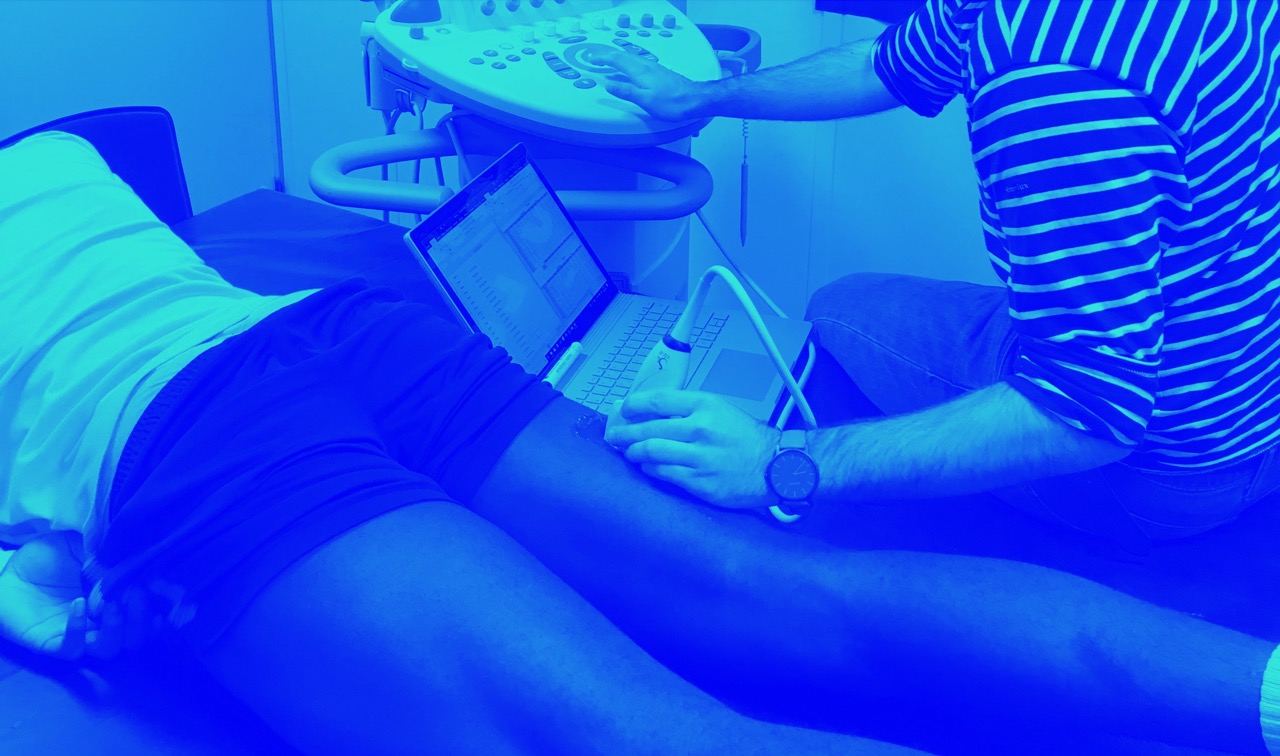30-15 IIT
The 30-15 Intermittent Ice test
Reliability, usefulness, and validity of the 30-15 Intermittent Ice Test in young elite ice hockey players.
Source
Laboratory of Exercise Physiology and Rehabilitation, Faculty of Sport Sciences, University of Picardie, Jules Verne, Amiens, France. martin.buchheit@u-picardie.fr
Abstract
The purpose of this study was to examine the reliability, usefulness, and validity of the 30-15 Intermittent Ice Test (30-15(IIT)) in 17 young elite ice hockey players. For the reliability and usefulness study, players performed the 30-15(IIT) 7 days apart. For the validity study, data derived from the first 30-15(IIT) were compared with those obtained from the 30-15 Intermittent Fitness Test (30-15(IFT), the running version of this test used as a reference marker for its ability to assess cardiovascular fitness in the field, that is, VO₂peak). Maximal speed, heart rate at exhaustion (HR(peak)) and postexercise blood-lactate levels ([La](b)) were collected for all tests, whereas submaximal HR was taken at stages 4 and 8 (HR(stage4) and HR(stage8)) during the 30-15(IIT). All intra-class correlation coefficients were >0.94. Coefficients of variation were 1.6% (90% CI, 1.3-2.3), 1.7% (1.3-2.8), 1.4% (1.0-2.2), and 0.7% (0.5-1.1) for maximal skating speed, HR(stage4), HR(stage8), and HR(peak), respectively. Correlations between maximal velocities and HR(peak) obtained for the 30-15(IIT) vs. 30-15(IFT) were very large (r = 0.72) and large (r = 0.61), respectively. Maximal skating speed was also largely correlated to estimated VO₂peak (r = 0.71). There was however no correlation for [La](b) values between both tests (r = 0.42). These results highlight the specificity of the on-ice 30-15(IIT) and show it to be a reliable and valid test for assessing cardiorespiratory fitness in young elite players. Coaches could interpret a change in performance of at least 2 stages, or a change in submaximal HR of more than 8% (≈8 b·min⁻¹) during the eighth stage to be a meaningful change in skating fitness.
Cardiorespiratory responses to the 30-15 intermittent ice test.
Source
ISSUL Inst of Sport Sciences-Dept of Physiology, University of Lausanne, Switzerland.
Abstract
PURPOSE:
In this study, the authors compared the cardiorespiratory responses between the 30-15 Intermittent Ice Test (30-15(IIT)) and the 30-15 Intermittent Fitness Test (30-15(IFT)) in semiprofessional hockey players.
METHODS:
Ten players (age 24 ± 6 y) from a Swiss League B team performed the 30-15(IIT) and 30-15(IFT) in random order (13 ± 4 d between trials). Cardiorespiratory variables were measured with a portable gas analyzer. Ventilatory threshold (VT), respiratory-compensation point (RCP), and maximal speeds were measured for both tests. Peak blood lactate ([La(peak)]) was measured at 1 min postexercise.
RESULTS:
Compared with 30-15(IFT), 30-15(IIT) peak heart rate (HR(peak); mean ± SD 185 ± 7 vs 189 ± 10 beats/min, P = .02) and peak oxygen consumption (VO(2peak)); 60 ± 7 vs 62.7 ± 4 mL/min/kg, P = .02) were lower, whereas [La(peak)] was higher (10.9 ± 1 vs 8.6 ± 2 mmol/L, P < .01) for the 30-15(IIT). VT and RCP values during the 30-15(IIT) and 30-15(IFT) were similar for %HR(peak) (76.3% ± 5% vs 75.5% ± 3%, P = .53, and 90.6% ± 3% vs. 89.8% ± 3%, P = .45) and % VO(2peak) (62.3% ± 5% vs 64.2% ± 6%, P = .46, and 85.9% ± 5% vs 84.0% ± 7%, P = .33). VO(2peak ))(r = .93, P < .001), HR(peak) (r = .86, P = .001), and final velocities (r = .69, P = .029) were all largely to almost perfectly correlated.
CONCLUSIONS:
Despite slightly lower maximal cardiorespiratory responses than in the field-running version of the test, the on-ice 30-15(IIT) is of practical interest since it is a specific maximal test with a higher anaerobic component.



